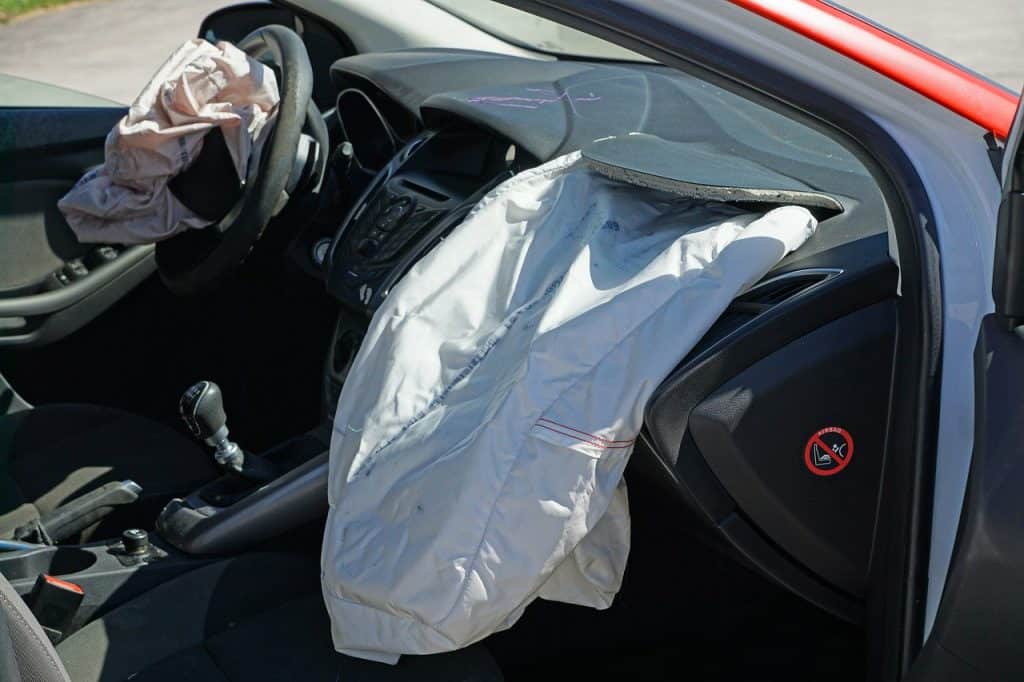
Life360 compared its app-generated driving data from March-December 2020 — the months most impacted by the pandemic — with data from the same time period* in 2019.
From March-December 2020, key findings include:
- The Road Less Traveled. With social distancing measures, business closures and a shift to working and learning from home for many, members in the U.S. drove 16 percent less during the pandemic, per active user (917 miles in 2020 compared to 1,092 miles in 2019).
- Collisions Counted. Life360 noted 10 percent more car collisions during the pandemic, per miles driven than the previous year. Collisions are detected via Crash Detection**, a Life360 driver safety feature that recognizes when a user is driving more than 25 miles per hour and has been in an accident, either as a driver or passenger.
- Ever More Emergencies. Going hand-in-hand with more collisions, the average monthly dispatch of emergency vehicles increased by 8 percent during the pandemic. This was generated via the app’s Crash Detection feature, which dispatches emergency responders to the exact location of an accident when help is needed.
- Surge in Speeding. Speeding events, which is defined as accelerating beyond 80 miles per hour, increased by 12 percent during the pandemic.
- Distracted While Driving. Distracted driving, quantified by how often members use their phone while driving, increased by 9 percent during the pandemic.
- As the largest source of driving data in the world leveraging more than 200 billion miles annually, Life360 provides safety insights around driving behavior to better protect family members on the go via location sharing, day-to-day communications, driver updates, emergency response features, and more.